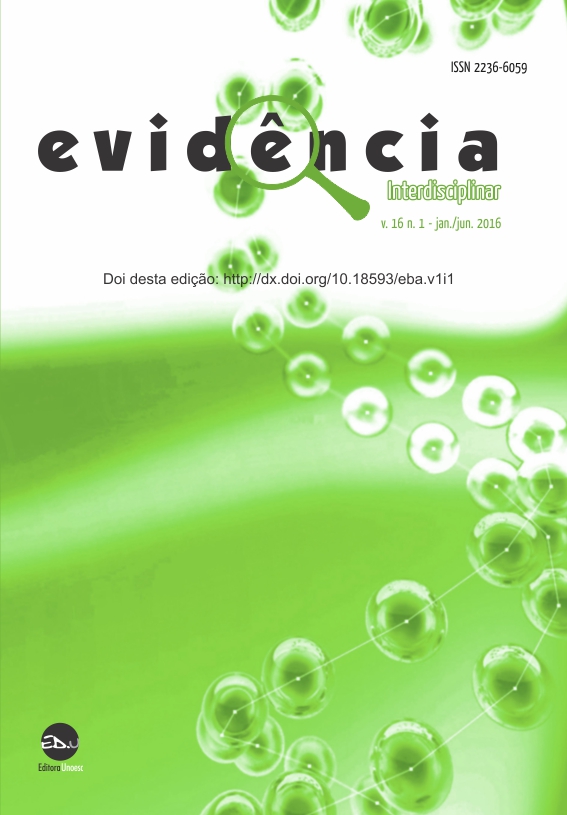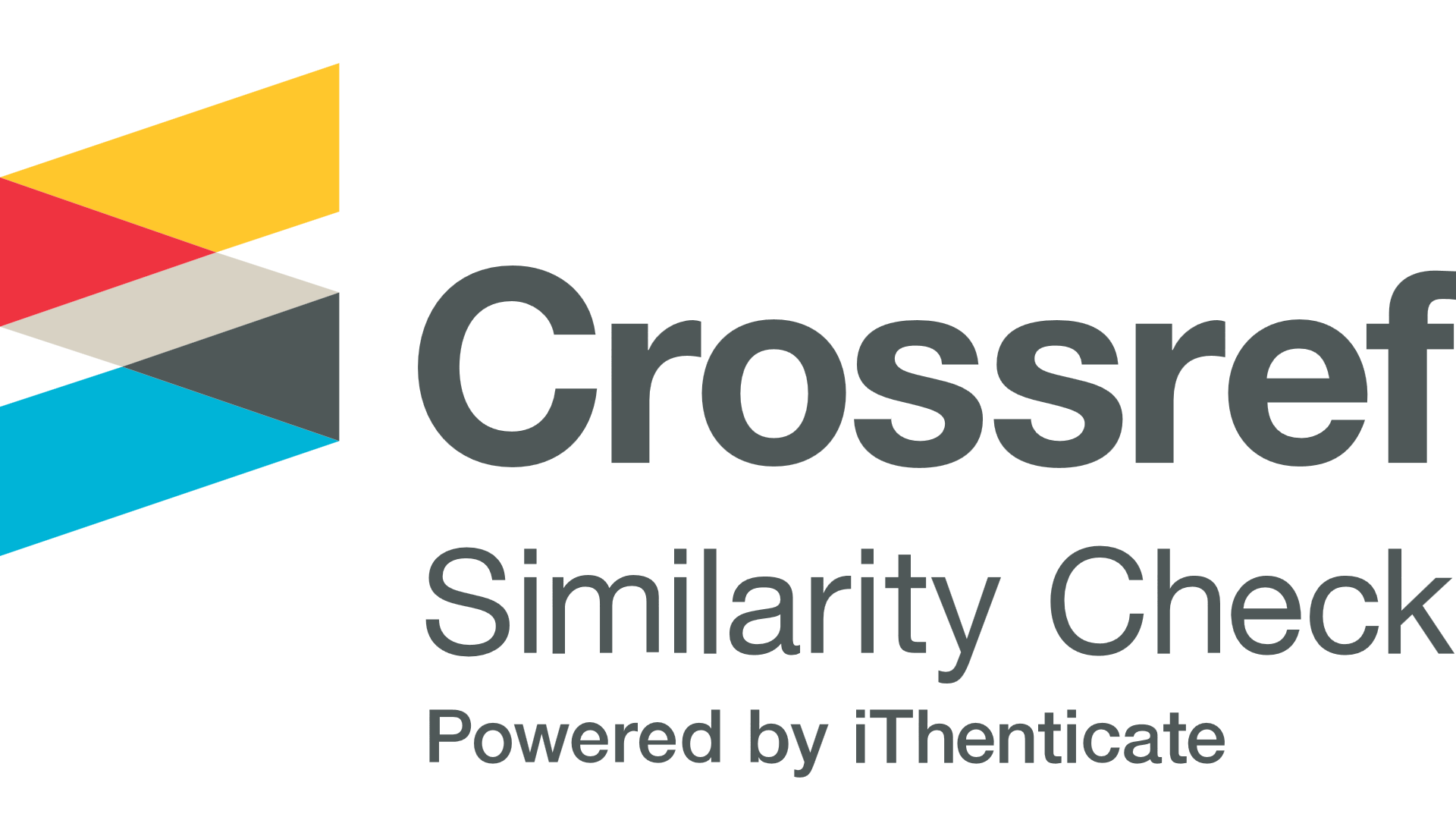FREE CULTURE MEDIA OF GROWTH REGULATORS ON MICROPROPAGATION OF GRAPEVINE (Vitis labrusca L.) ‘BORDÔ’ CULTIVAR THROUGH NODAL SEGMENTS
DOI:
https://doi.org/10.18593/eba.v16i1.9996Palavras-chave:
in vitro propagation, vegetative propagation, Vitis.Resumo
The micropropagation is an important biotechnological tool for obtaining and maintaining mother grapevine plants with high quality plant health. The objective was to evaluate the establishment and multiplication in vitro and ex vitro acclimatization of grapevine cultivate Bordô in different culture media without adding growth regulators. Grapevine nodal segments were cultured in five culture media formulations without adding growth regulators. It was evaluated the number of leaves and roots, length of roots and shoots, replication rate, relative chlorophyll index, percentage of regenerated and rooted plants, dry biomass of shoot, root and total plants grown in vitro and after acclimatization. In vitro propagation of grapevine Bordô through nodal segments provided high rates of regeneration and rooting. High survival rates were obtained in the acclimatization of Bordô. Considering all the variables, culture media Roubelakis and Zlenko showed the best growth rates and development for shoots and roots, and in vitro multiplication rate of Bordô grapevine cultivar.
Keywords: In vitro propagation. Vegetative propagation. Vitis.
Downloads
Referências
Mello LMR. Viticultura Brasileira: Panorama 2014. Embrapa Uva e Vinho, Bento Gonçalves, RS. (Comunicado técnico, 175), 2015. Available in: http://ainfo.cnptia.embrapa.br/digital/bitstream/item/130803/1/Comunicado-Tecnico-175.pdf
Camargo UA, Tonietto J, Hoffmann A. Progresso na viticultura brasileira. Revista Brasileira de Fruticultura. 2011;33:144-149. Available in:
http://dx.doi.org/10.1590/S0100-9452011000500017
Bettoni JC, Dalla Costa M, Gardin JPP, Kretzchmar AA, Souza JA. In Vitro propagation of Grapevine Cultivars with Potential for South of Brazil. American Journal of Plant Science. 2015;6:1806-1815. Available in: doi: 10.4236/ajps.2015.611181
Melyan G, Sahakyan A, Harutyunyan A. Micropropagation of grapevine (Vitis vinifera L.) seedless cultivar ‘Parvana’ throught lateral bud development. Vitis. 2015;54:253-255. Available in: http://pub.jki.bund.de/index.php/VITIS/article/view/5066/4852
Wang QC, et al. Elimination of grapevine virus A (GVA) by cryopreservation of in vitro-grown shoot tips of Vitis vinifera L. Plant Science. 2003;165:321–327. Available in: doi:10.1016/S0168-9452(03)00091-8
Galzy R, Haffner V, Compan D. Influence of three factors on the growth and nutrition of grapevine microcuttings. Journal of Experimental Botany. 1990;41:295-301. Available in: doi: 10.1093/jxb/41.3.295
Krul WR, Mowbray GH. Grapes. In: Sharp WR, Evans DA, Amirato PV, Yamada Y. Handbook of plant cell culture.1984;6:396-434.
Machado MP, et al. Meios de cultura na micropropagação do porta-enxerto de videira “VR043-43” (Vitis vinifera x Vitis rotundifolia). Ciência Rural. 2007;37:277-280, 2007. Available in: http://dx.doi.org/10.1590/S1413-70542006000400009
Roubelakis-Angelakis KA, Zivanovitc SB. A new culture medium for in vitro rhizogenesis of grapevine (Vitis spp.) genotypes. HortScience. 1991;26:1551-1553. Available in: http://hortsci.ashspublications.org/content/43/3/685.full.pdf+html
Chée R, Pool RM. In vitro vegetative propagation of Vitis: Applcation of previously defined culture conditions to a selection of genotype. Vitis. 1983;22:363-374. Available in: http://pub.jki.bund.de/index.php/VITIS/article/view/6097
Silva AL, Doazan JP. Une méthode d'irradiation aux rayons gamma appliquée à des porte-greffes de vigne in vitro. Journal International des Sciences de la Vigne et du Vin. 1995;29:1-9. Available in: http://www.scielo.br/scielo.php?script=sci_nlinks&ref=000101&pid=S0100-204X200300070000100024&lng=pt
Zlenko VA, Troshin LP, Kotikov IV. An optimized medium for clonal micropropagation of grapevine. Vitis. 1995;34:125-126. Available in:
http://www.vitis-vea.de/admin/volltext/e039845.pdf
Minolta Camera Co Ltda Manual for chlorophyll meter SPAD 502. Osaka, Minolta, Radiometric Instruments divisions, 1989, 22p.
Collett D. Modelling binary data. London:Chapman & Hall. 1991, 369 p.
R Developmment Core Team R: A language and environment for statistical computing. Vienna: R Foundation for Statistical Computing, 2014. Available in: http://www.R-project.org/
Villa F, Pasqual M, Pio LAS, Assis FA. Multiplicação in vitro de porta-enxerto de videira em variações do meio MS. Acta Sci. Agron. 2006;28:345-349. Available in:
doi:10.4025/actasciagron.v28i3.954
Borghezan M, Moraes LKA, Moreira FM, Silva AL. Propagação in vitro e avaliação de parâmetros morfofisiológicos de porta-enxertos de videira. Revista Brasileira de Fruticultura. 2003;38:783-789. Available in: http://dx.doi.org/10.1590/S0100-204X2003000700001
Biasi LA, Passos IRS, Pommer CV. Micropropagação do porta-enxerto de videira Jales. Pesquisa Agropecuária Brasileira. 1988;33:1587-1594. Available in: http://www.hortibrasil.org.br/jnw/images/stories/Uva/u.74.pdf
Silva AL, Hariscain P, Ollat N, Doazan JP. Comparative in vitro development of five grapevine rootstock varieties and mutants from the cultivar ‘Gravesac’. Acta Horticulturae,2000;528:351-357. Available in: doi: 10.17660/ActaHortic.2000.528.49
Murashige T, Skoog F. A revised medium for rapid growth and bioassays with tobacco tissue cultures. Physiologia Plantarum. 1962;15:473-497. Available in: http://priede.bf.lu.lv/grozs/AuguFiziologijas/Augu_audu_kulturas_MAG/literatura/03_Murashige%20Scoog1962.pdf
Barreto MS, Nookaraju A, Harini NVM, Agrawal DC. A one in vitro cloning procedure for Red Globbe grape: The influence of basal media and plant growth regulators. Journal of Applied Horticulture. 2006;8:138-142. Available in: http://eurekamag.com/research/013/937/013937458.php
Ayub RA, Spinardi B, Basso MF, Biasi LA. Indução de multibrotação in vitro em videira cv. Bordô. Revista Brasileira de Fruticultura. 2010;32:675-681. Available in: http://dx.doi.org/10.1590/S0100-29452010005000091
Mukherjee P, Husain N, Misra SC, Rao VS. In vitro propagation of a grape rootstock, deGrasset (Vitis champinii Planch.): Effects of medium compositions and plant growth regulators. Scientia Horticulturae. 2010;126:13-19. Available in: http://www.sciencedirect.com/science/article/pii/S0304423810002608
Krizan B, Ondrusiková E, Moudrá J. The effect of media composition of multiplication of grape rootstocks in vitro. Acta Universitatis Agriculturae et Silviculturae Mendelianae Brunensis. 2012;60:141-144. Available in: http://acta.mendelu.cz/60/8/0141/
Guiñazú ME, et al. Micropropagación de vid. Protocolo para variedades “Criollas”. Rev. FCA UNcuyo. 2005;37:93-103. Available in: http://bdigital.uncu.edu.ar/objetos_digitales/787/guinazuAgrarias2-05.pdf
Pôrto ML, et al. Índice SPAD para diagnóstico do estado de nitrogênio na cultura da abobrinha. Horticultura Brasileira. 2011;29:311-315. Available in: http://dx.doi.org/10.1590/S0102-05362011000300009
Ribeiro DW. Morfogênese in vitro da videira: variedades Paulsen 1103, VR 043-43, Cabernet Sauvignon. Dissertação de Mestrado. Universidade Federal de Santa Catarina, Departamento de Recursos Genéticos Vegetais, Programa de Pós-Graduação em Recursos Genéticos Vegetais, 2006, 83p. Available in: https://repositorio.ufsc.br/handle/123456789/88374
Schuck MR, Lipski B, Silva ALL, Carvalho DC, Biasi LA. Aclimatização de plantas micropropagadas de videira cv. Bordô (Vitis labrusca L.) em diferentes substrates. Journal of Biotechnology and Biodiversity. 2012;3:206-212. Available in: http://revista.uft.edu.br/index.php/JBB/article/view/394
Dzazio PM, Biasi LA, Zanette F. Micropropagação do prota-enxerto de videira ‘420-A’. Revista Brasileira de Fruticultura. 2002;24:759-764. Available in: http://dx.doi.org/10.1590/S0100-29452002000300050
Lewandowski VT. Rooting and acclimatization of micropropagated Vitis labrusca ‘Delaware’. HortScience. 1991;26:586-589. Available in: http://hortsci.ashspublications.org/content/26/5/586.full.pdf
Downloads
Publicado
Como Citar
Edição
Seção
Licença
Declaração de Direito Autoral
Os autores mantêm os direitos autorais e concedem à Revista o direito de primeira publicação, com o trabalho licenciado simultaneamente sob uma Licença Creative Commons – Atribuição – Não Comercial 4.0 Internacional.











